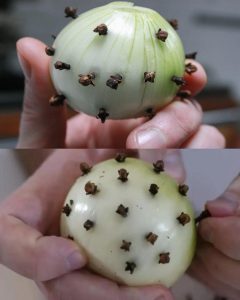
The Surprising Trick of Sticking Cloves into an Onion –
A Grandmother’s Secret That Still Works Today Sometimes, the simplest home remedies passed down through generations turn out to be…
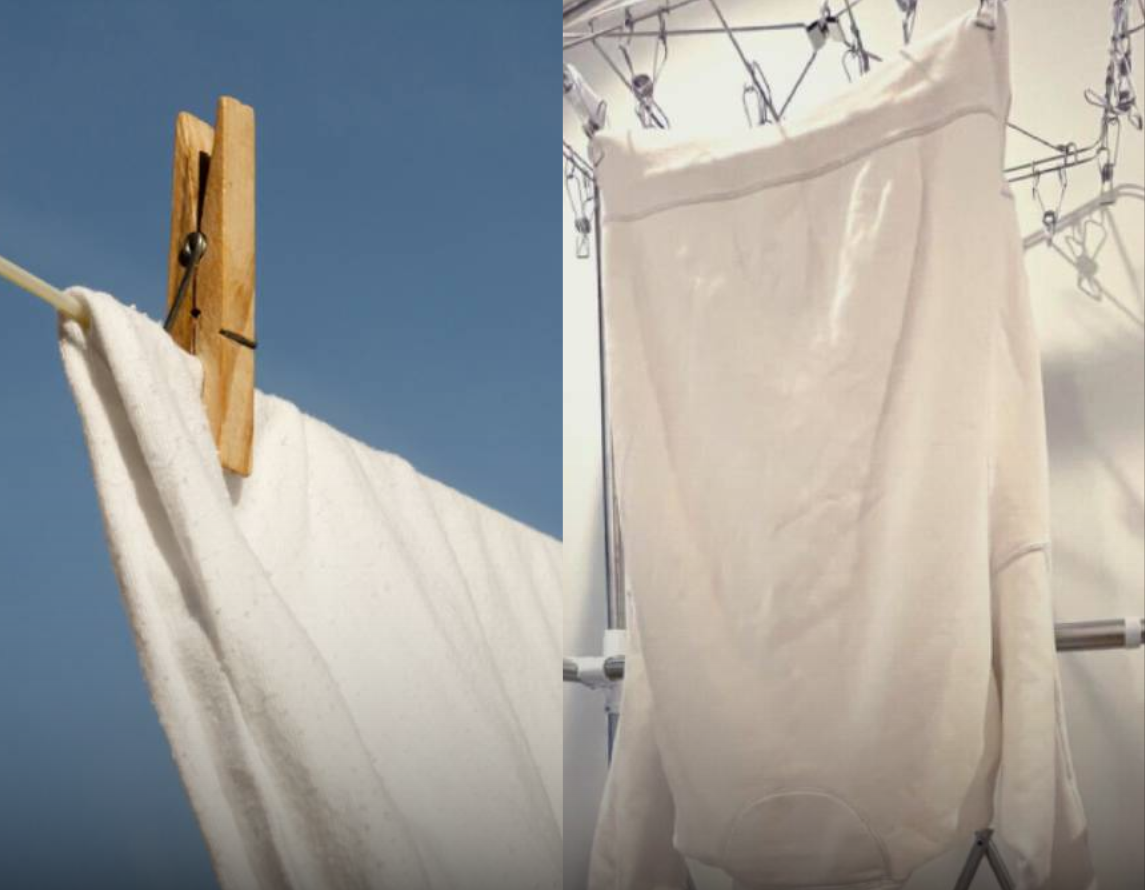
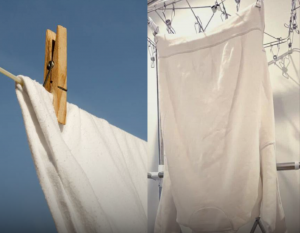
Anyone who has lived through a cold, damp winter knows the struggle: washing a pile of sweaters, jeans, or blankets only to find them still damp the next day. Thick fabrics hold onto moisture, and in cold weather with poor airflow, the drying process slows down dramatically.
Even worse, if clothes stay damp too long, they can start to smell musty. That odor clings to the fabric and can be difficult to remove, leaving you frustrated after doing all that laundry. Using a dryer isn’t always an option either—it can shrink clothes, damage fabrics, or simply rack up your electric bill.
So how can you dry heavy clothes faster without sacrificing freshness? The answer comes from a surprisingly simple Japanese household hack.
In Japan, where winters are cold and humid, people often face the same laundry challenge. The solution? Use a clean bath towel to speed up the drying process.
Here’s how it works:
After washing, wring out your thick clothes as best you can.
Lay a large, dry bath towel flat.
Place your wet garment on top of the towel, then roll it up tightly.
Gently press or step on the rolled towel to squeeze out the excess moisture.
Unroll, shake out the garment, and hang it in a well-ventilated spot.
The towel absorbs a surprising amount of water, cutting down drying time by hours. Clothes not only dry faster but also stay fresher, since moisture is removed before odors have a chance to develop.
This trick is 100% effective for sweaters, hoodies, jeans, coats, and other heavy fabrics.
While the Japanese towel trick is a game changer, there are more ways to keep your laundry fresh during the colder months:
Even if it’s cold outside, circulating air indoors helps clothes dry faster. A small fan pointed at your laundry—or better yet, a dehumidifier—will prevent dampness and mold.
Don’t overcrowd your drying rack. Leaving gaps between garments allows air to circulate, which speeds up evaporation.
Moisture often gets trapped inside thicker fabrics. By turning clothes inside out, you expose damp areas directly to air and speed up drying.
If you live in a very cold climate, investing in a heated drying rack can be worth it. It’s more energy-efficient than a full dryer and gentle on delicate fabrics.
Even in winter, the sun is your best friend. Place your rack near a sunny window or outdoors on a clear day. Sunlight naturally kills bacteria and odors while helping clothes dry faster.
That unpleasant damp odor isn’t just annoying—it’s caused by bacteria and mildew that thrive in moist environments. To prevent it:
Wash clothes promptly instead of leaving them sitting in the washer.
Don’t leave damp clothes balled up in a basket.
If something still smells after drying, rewash it with a cup of white vinegar to kill odor-causing bacteria.
The brilliance of the towel trick lies in physics: cotton towels have high absorbency, so they quickly draw water out of thicker fabrics. By removing extra moisture early, you reduce drying time and limit the chance for odor to develop.
It’s a method that’s been passed down in Japanese households for years—and now it’s gaining attention worldwide as people look for simple, effective solutions to everyday problems.
Drying thick clothes in winter doesn’t have to be a headache. With the Japanese towel trick and a few extra drying strategies, you can:
Save time
Keep your laundry fresh
Avoid unpleasant odors
Reduce your energy bills
Next time you’re stuck waiting on a stubborn sweater to dry, grab a towel and give this method a try. Sometimes, the simplest ideas turn out to be the most effective.

A Grandmother’s Secret That Still Works Today Sometimes, the simplest home remedies passed down through generations turn out to be…
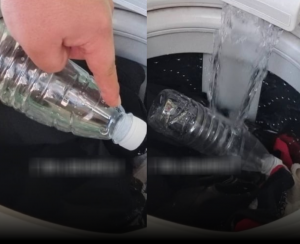
The Simple Laundry Hack That Keeps Clothes Smooth Without Ironing We’ve all been there: you open the washing machine, expecting…
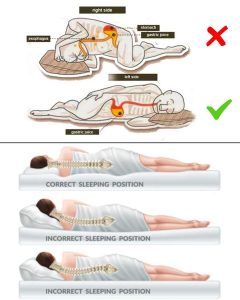
The position we choose when sleeping will determine the effectiveness of our rest. Although we think that we change positions…
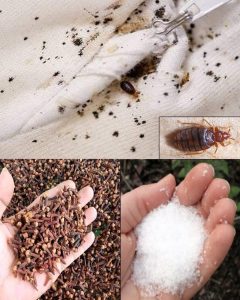
How to Quickly Get Rid of Bed Bugs, Cockroaches, Fruit Flies, and Other Insects Using Natural Ingredients Pests like bed bugs, cockroaches,…
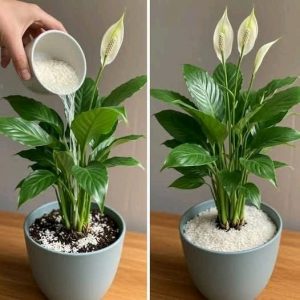
Peace lily, often called the “queen of indoor plants,” is famous for its elegant white blooms and ability to purify…
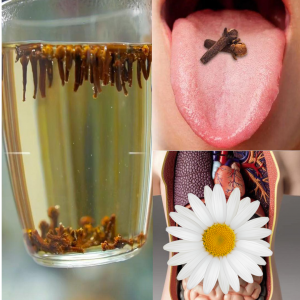
Many people are familiar with the warm, spicy scent of cloves. Used in cooking, baking, and even traditional medicine, this…

She was only two years old. Pink shirt. Rainbow leggings. Clutching a teddy bear like her life depended on it.…

Ingredients: 2–3 oz chocolate fudge syrup Ice 4 oz full-fat whole chocolate milk 1 1/2 oz dark rum 1/2 oz…

Delicious and creamy treats that are perfect for any occasion! Ingredients: – 1 1/2…

How does your body change when you drink a cup of coffee every day? Drinking coffee daily can bring several…

A Grandmother’s Secret That Still Works Today Sometimes, the simplest home remedies passed down through generations turn out to be…

In everyday life, many plants that grow along roadsides or in gardens are often dismissed as worthless “weeds.” However, according…